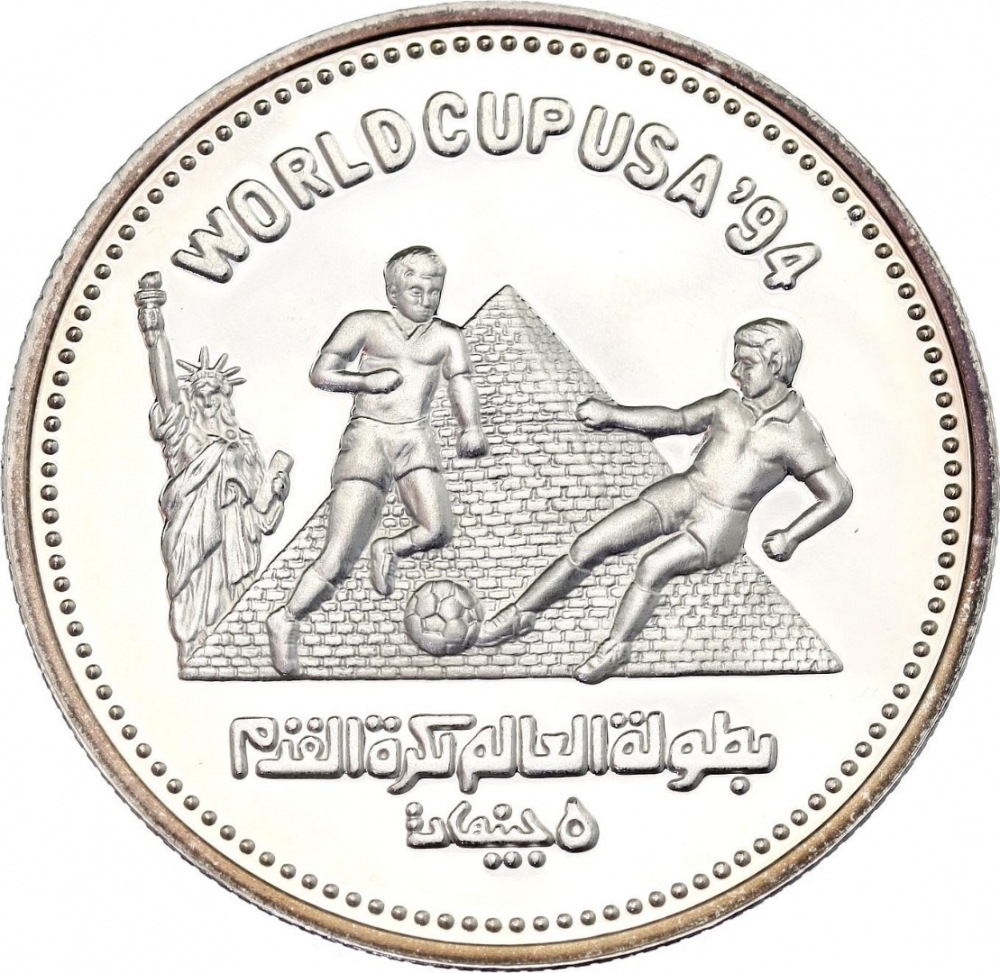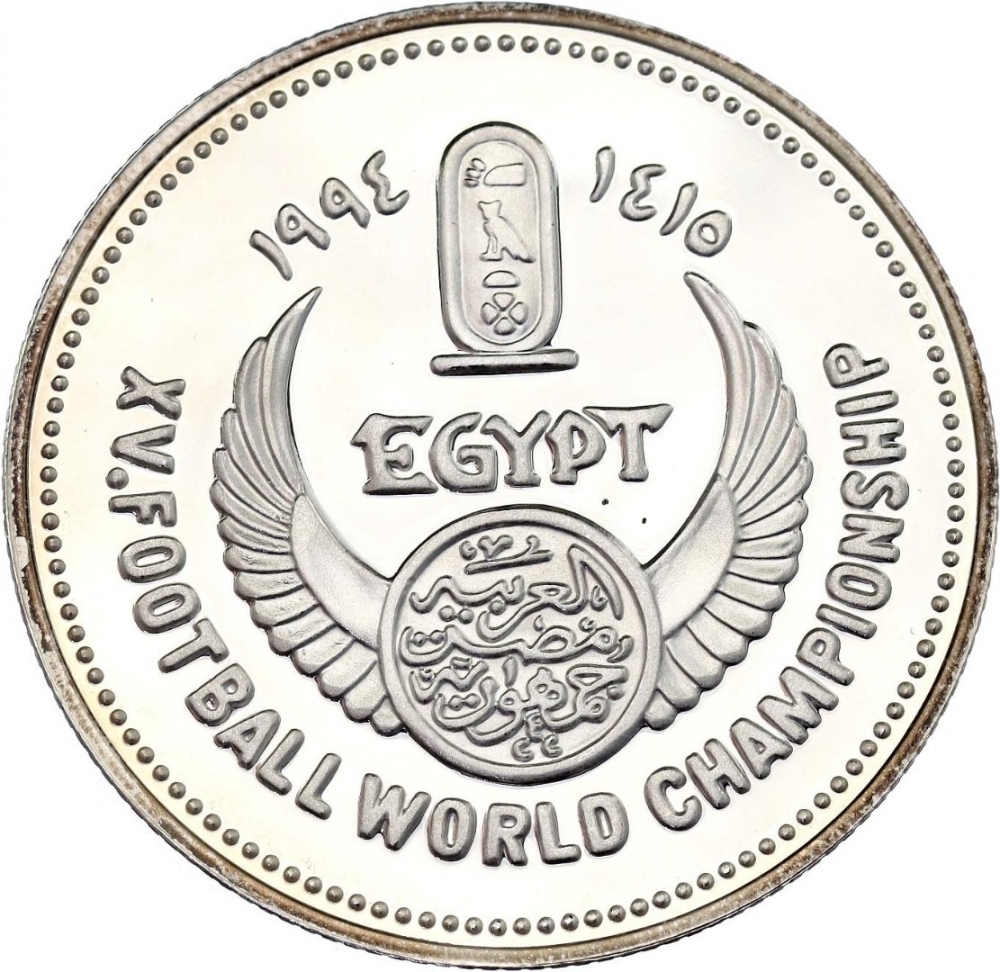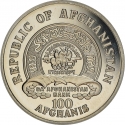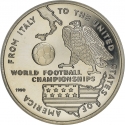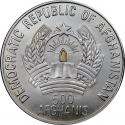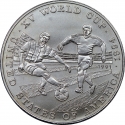You are about to finish your registration. Please check your mailbox (including spam folder). There should be a letter with a confirmation link. Check setting to make sure that your e-mail address is correct.
Send letter againDescription
The 1994 FIFA World Cup was the 15th FIFA World Cup, the world championship for men's national soccer teams. It was hosted by the United States and took place from June 17 to July 17, 1994, at nine venues across the country. The United States was chosen as the host by FIFA on July 4, 1988. Despite soccer's relative lack of popularity in the host nation, the tournament was the most financially successful in World Cup history. It broke tournament records with overall attendance of 3,587,538 and an average of 68,991 per game, marks that stood unsurpassed as of 2018 despite the expansion of the competition from 24 to 32 teams starting with the 1998 World Cup.
Brazil were crowned the winners after defeating Italy 3–2 in a penalty shoot-out at the Rose Bowl in Pasadena, California near Los Angeles, after the game had ended 0–0 after extra time. It was the first World Cup final to be decided on penalties. The victory made Brazil the first nation to win four World Cup titles. There were three new entrants in the tournament: Greece, Nigeria and Saudi Arabia; Russia also appeared as a separate nation for the first time, following the breakup of the Soviet Union, and for the first time since 1938, a unified Germany took part in the tournament. They were also defending champions, but were eliminated in quarter-finals by Bulgaria. It was the first World Cup where three points were awarded for a victory instead of two and also the first with the back-pass rule. This was done to encourage a more attacking style of soccer after the defensive tactics and low-scoring matches of the 1990 World Cup. This resulted in an average of 2.71 goals per match.
Obverse

|
Depicts two football (soccer) players and a ball between them in the front of the Giza Pyramid and in the background Statue of Liberty, the inscription "WORLD CUP USA '94" in English above "Football World Cup" in Arabic below and denomination. WORLD CUP USA '94 |
|---|---|
Reverse

|
Cartouche divides date in Arabic (Hijri) and (Georgian) above mirrored wings around the country name (Arab Republic of Egypt) and state name (Egypt) above wings. Inscription in English below. ١٤١٥ ـ ١٩٩٤ |
| Edge |
5 Pounds
KM# 736 Schön# 583
Related coins
1994 Football (Soccer) World Cup in the United States
